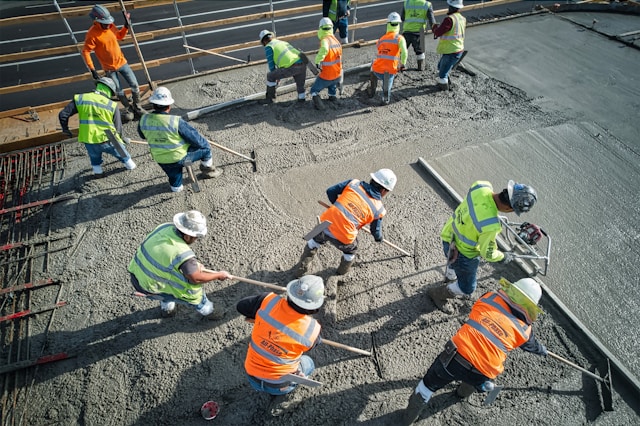
SACRAMENTO, Calif. — California Governor Gavin Newsom has approved $25 million in new state funding to expand apprenticeship programs across California — a move aimed at training over 22,000 workers, many of whom will enter the construction and skilled trades industries.
.jpg)
The investment, distributed through the Employment Training Panel (ETP), will support 88 apprenticeship programs statewide, helping employers develop talent pipelines while creating long-term career opportunities for workers. The announcement underscores California’s ongoing commitment to strengthening its workforce amid a national shortage of skilled labor.
According to the governor’s office, the ETP grants will support workers in multiple sectors, with construction playing a major role. The industry contributes more than $156 billion in annual economic activity and employs nearly one million Californians, making it one of the state’s largest economic drivers.
The newly funded apprenticeship programs are designed to create equitable pathways to middle-class jobs, with an emphasis on inclusion. Many of the participants will be women, veterans, justice-involved individuals, and those transitioning from unemployment or low-wage positions.
Since taking office, Governor Newsom’s administration has steadily expanded apprenticeship opportunities. To date, the ETP has supported 99,023 apprentices across the state, and this latest round of funding brings California closer to its ambitious target.
“This pathway aligns with our goal of supporting 500,000 apprentices by 2029, creating a more equitable job pipeline for Californians across the state,” said Governor Gavin Newsom in the announcement.
The initiative is funded through the Employment Training Tax paid by employers, ensuring that the grants do not draw from the state’s General Fund. This approach allows the state to invest in training that directly benefits industries struggling to fill positions while maintaining fiscal responsibility.

The funding comes at a critical time for the construction sector, which continues to face material cost increases, labor shortages, and project delays. A recent Allen Matkins and UCLA survey (Summer 2025) found that over one-third of California developers have delayed or canceled projects due to inflationary pressures and tariff uncertainty.
In response, California has taken steps to streamline project approvals and accelerate building activity. Updates to the California Environmental Quality Act (CEQA) are intended to reduce red tape and help critical infrastructure, housing, and green energy projects move forward more efficiently.
State leaders believe that pairing these policy shifts with a stronger training pipeline will ensure California can meet its future development goals.
“ETP is proud to invest in high-wage, high-road job training programs that are directly aligned with industry needs,” said Jessica Grimes, Executive Director of the Employment Training Panel. “These apprenticeships not only support economic growth but also build sustainable, skilled careers for Californians.”
California’s commitment to apprenticeships positions it as a national leader in workforce innovation. By aligning education, training, and industry demand, the state is helping employers fill critical positions while giving workers access to stable, well-paying jobs.
The ETP model continues to serve as a benchmark for how public-private partnerships can create enduring economic impact — especially in high-demand sectors such as construction, manufacturing, and renewable energy.
As the Golden State pushes toward its 500,000-apprentice goal by 2029, the latest $25 million investment represents another step toward ensuring that California’s workforce remains resilient, inclusive, and ready to meet the infrastructure and housing needs of the decade ahead.
Originally reported by Matthew Thibault in Construction Dive.